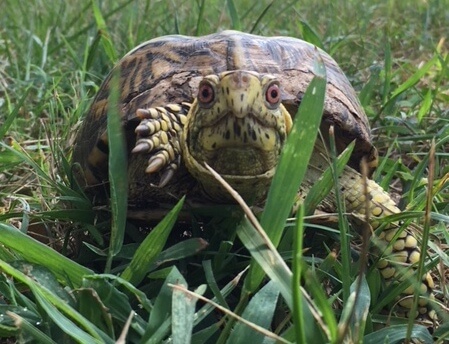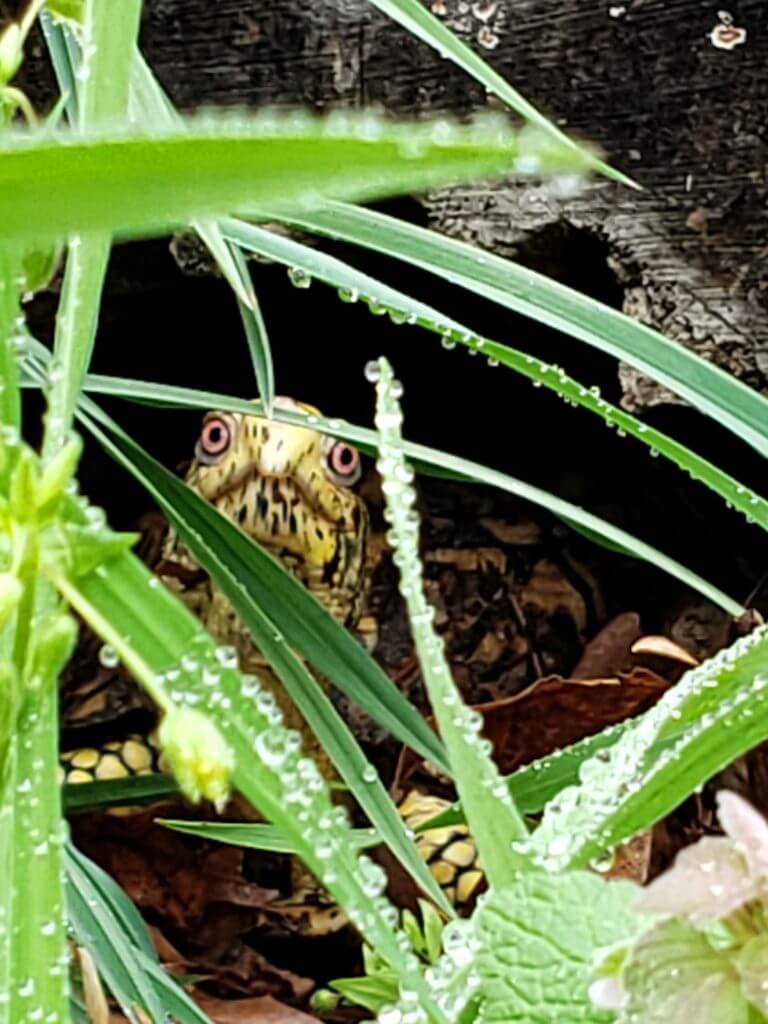The Box Turtles here at the sanctuary are not pets. Although enclosed, they live in an environment that is specifically designed to give them every opportunity to live as a wild turtle.
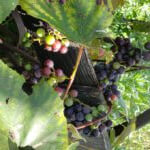
Their pens are well constructed with flashing buried along a board fence, a hot wire along the top keeps out predators, and native plants are beneficial to insects, reptiles and amphibians and, provide natural food such as berries, along with places to hide. Hollow logs and leaves are added yearly, weeds are thinned, and soil is loosened. Watering holes are safe, secluded and cleaned daily. Such an ideal habitat leads the residents to believe they are wild, and they are often seen running to hide when one approaches.
Turtles that are accepted into the sanctuary always have a story and occasionally, one comes along that needs a little help remembering his wild roots, Such is the case with Tony.
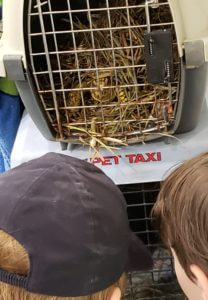
Tony was found shortly after Hurricane Katrina hit the east coast in 2005. It is estimated that he was just a couple years old at the time. The habitat in Woodbridge VA, was destroyed and his finders thought it best to keep him safe for a while and brought him inside. Tony became part of the family and participated in many educational opportunities as his family’s children grew. He became accustomed to traveling to schools and camps, and seemed to enjoy staring at the children as they stared at him.
They built him a large enclosed area in the backyard where he enjoyed natural sunshine and was able to hibernate. He ate worms and bugs that came his way and was supplemented with a wide variety of food that was good for him. Tony had everything he needed to grow into the large healthy turtle he is today.
Only one thing was missing.
Interaction with other turtles.
It is believed that before colonial times, a good box turtle habitat, in a mixed forest environment, may have had population densities of up to 10 or more adult turtles per acre.
Box Turtles, it seemed, were important for cleaning up carrion, aerating soil, insect and rodent control and seed dispersal. They were used to seeing each other, and if they had enough space, conflicts were generally avoided. When they weren’t dug in or hiding in their shell, they used their keen eyesight to detect motion of food, danger and to spot mates.
Our buddy Tony here, had never seen another turtle during his life in captivity. During Tony’s initial intake exam, he was briefly introduced to another turtle, which he quickly spun around and mounted.
Tony does seem to enjoy participating in outings (and staring at the children), and he is always ready for an adventure during our daily checks, but he appeared bored and a bit uninterested while in his isolation pen, that is, until we installed his window.
Patience is definitely a virtue when it comes to turtles and a few years back an odd pair of Sulcatas gave me the idea of using a window..
I took in a Sulcata tortoise that was found walking the streets of a nearby county. The tortoise was not in good shape, but needed a home as winter approached. I learned a lot about Sulcatas and decided that this one would be a good ambassador in our education program to help highlight the importance of proper care. She was comfortably tucked into the barn when another sulcata showed up that needed a home. It was obvious that neither had seen another of their own kind, but I was crammed for space and divided the room in half with the use of dog kennels and cardboard. Eventually, the cardboard was removed, bit by bit, and they became used to each other. The following spring they were released into their new pen and have been good buddies ever since.
Tony is going to need space. He has successfully passed his isolation period and is a healthy large male turtle. It is likely that he will be able to eventually live with others, but at about a third larger than the average box turtle, he will be the big man, and will need space. Tony’s new pen is in the planning stages, with completion goal before spring 2020.
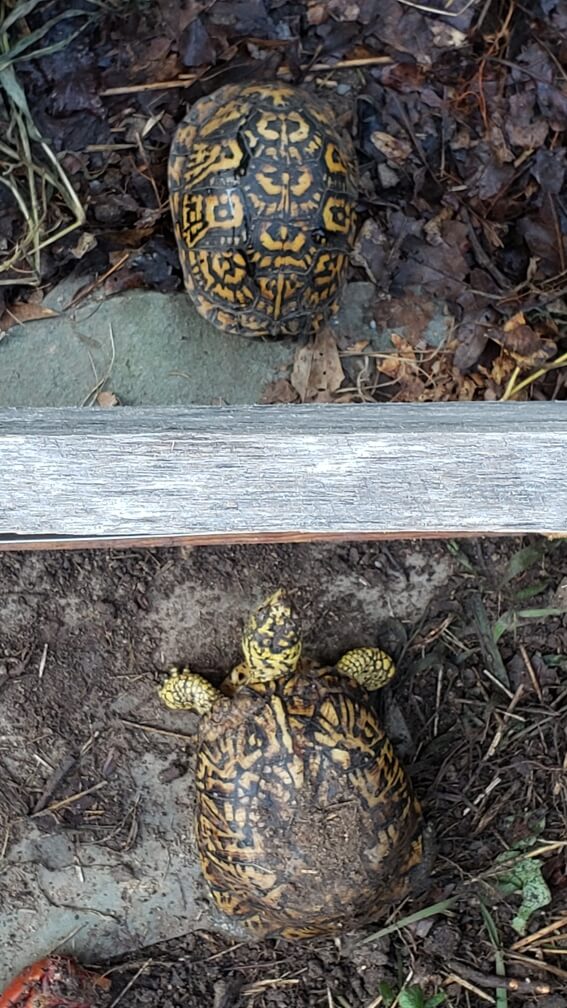
Tony’s family sought a better life for him. Not all turtles are as lucky as Tony. Many suffer from inadequate care and unbalanced diets giving them abnormal shell growth, even though their families love and care about them. What helped Tony the most during his stay in captivity was the availability of an outside environment with natural sunlight, a wide array of supplemental and native food (worms and insects) and the ability to hibernate.
Tony is thrilled with his window and spends much less time dug in and more time watching “Shell-a-vision.” We will let you know how things progress for him.
Please remember to be good to your turtles. Where ever you live, and where ever your turtles are native to, it is your responsibility to accommodate them to the best of your ability and to emulate the conditions that they were born to live in.
